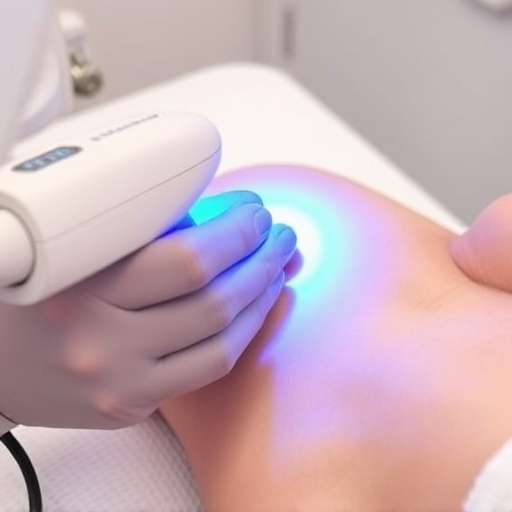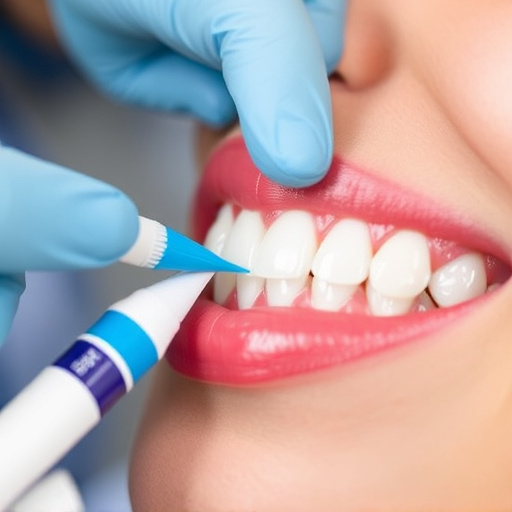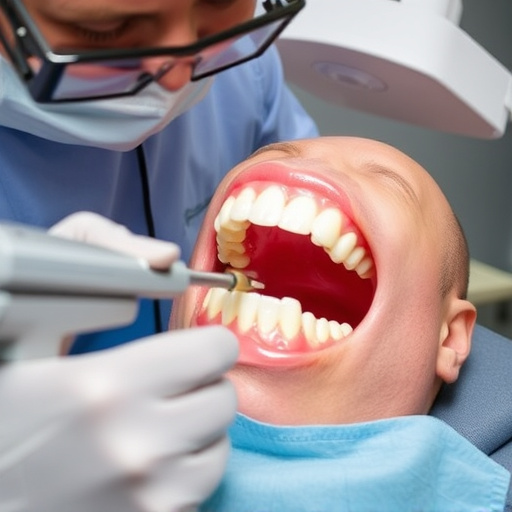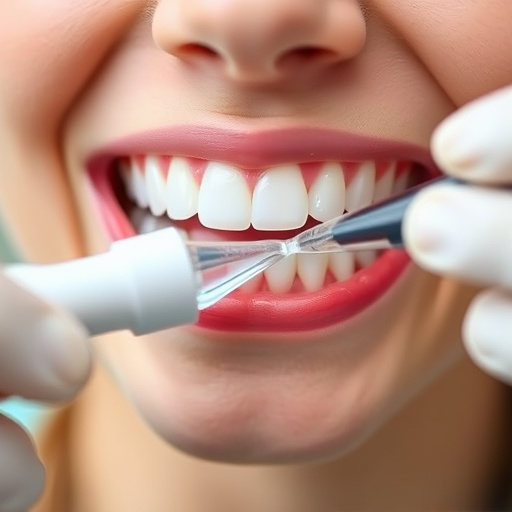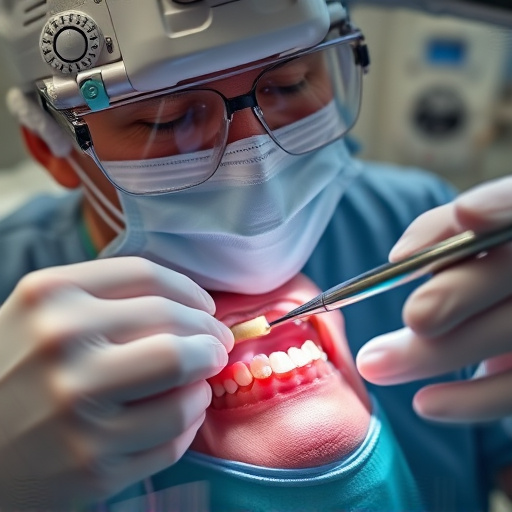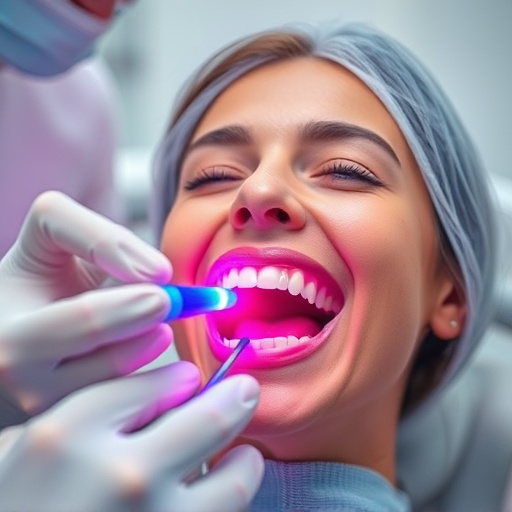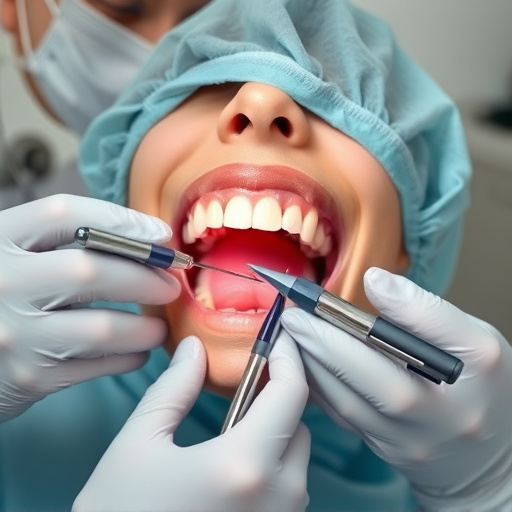Oral cancer, often silent until advanced, requires proactive measures for early detection. Regular dental check-ups and screenings are crucial, as they enable dentists to identify subtle changes in oral health through thorough examinations that can uncover unusual spots or lesions. Early detection is key, as it allows for prompt intervention and improved treatment outcomes by addressing precancerous conditions before noticeable symptoms appear. Trained professionals use advanced tools during routine exams to visualize internal mouth structures and identify early-stage cancerous growths, facilitating timely interventions such as tooth extractions.
Oral cancer, often overlooked, can be a deadly disease if not detected early. While it may not present obvious symptoms initially, regular oral cancer screening offers a powerful tool for catching tumors before they become life-threatening. This article delves into the silent nature of oral cancer, explores the benefits of early detection through screening, and examines the tools and techniques used to identify potential threats. By understanding these aspects, individuals can take proactive steps towards maintaining their oral health and overall well-being.
- Understanding Oral Cancer and Its Silent Nature
- The Power of Early Detection Through Screening
- How the Process Works: Tools and Techniques Used
Understanding Oral Cancer and Its Silent Nature
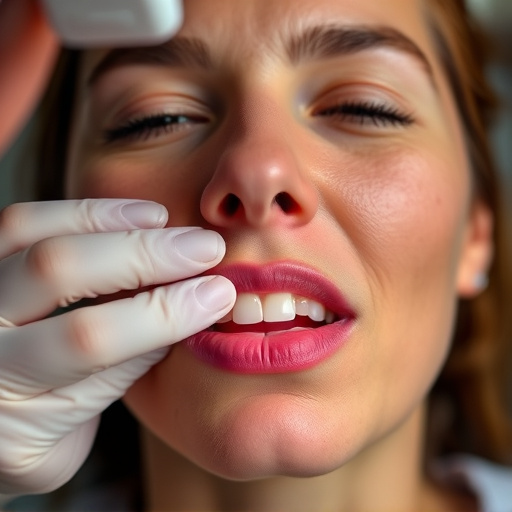
Oral cancer, a silent intruder, often goes unnoticed until it has progressed. It’s a type of cancer that develops in the mouth or throat, and its early stages can be difficult to detect. Unlike many other forms, oral cancer doesn’t always present noticeable symptoms immediately. This insidious nature makes regular dental check-ups and screenings crucial. Even subtle changes in your oral health could be an early indicator, prompting prompt action for better outcomes.
Regular dental cleanings play a pivotal role in this process, as they allow dentists to examine the mouth thoroughly. During these visits, professionals can identify unusual spots, lesions, or growths that might require further investigation. In some cases, dental crowns may be necessary for treatment, but proactive screening can prevent the need for extensive procedures later. Comprehensive dental care, encompassing regular screenings and dental cleanings, is a powerful tool in the battle against oral cancer, ensuring timely detection and effective management.
The Power of Early Detection Through Screening
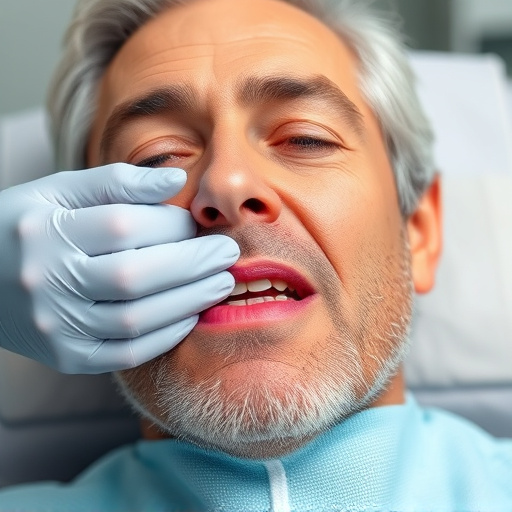
Early detection is a game-changer when it comes to oral cancer. Regular oral cancer screening can identify potential tumors before they cause any noticeable symptoms or pain, significantly improving treatment outcomes. This non-invasive procedure becomes even more crucial as oral cancer often shows no apparent signs in its early stages. By the time symptoms do arise, the tumor may have grown and spread, making treatment more complex and challenging.
Oral cancer screening involves a simple visual and tactile examination by a dental professional. They look for any unusual lesions, lumps, or discolored patches on the lips, gums, tongue, and other oral structures. This process can detect precancerous conditions, allowing for prompt intervention. Even subtle changes in the mouth can be early indicators of potential issues, leading to faster treatment and better chances of successful removal with minimal damage to surrounding healthy tissue—a significant advantage compared to waiting for symptoms to develop.
How the Process Works: Tools and Techniques Used

Oral cancer screening is a crucial aspect of comprehensive dental care, allowing for the early detection of potential tumors before they become life-threatening. The process involves a combination of advanced tools and techniques employed by trained dental professionals during routine oral exams. One primary tool is the use of specialized lighting and magnifying devices to visualize the mouth’s internal structures, including the tongue, cheeks, and gums. These tools enable dentists to identify any unusual lesions or abnormalities that may indicate early-stage cancerous growths.
Additionally, dental oncologists often utilize diagnostic imaging such as X-rays, CT scans, or MRI to gain a more detailed view of the mouth’s anatomy. During a thorough oral exam, they will carefully inspect these areas for signs of inflammation, red or white patches in the mouth, painful or bleeding gums, or any other unusual changes that could be indicative of precancerous cells or tumors. Early detection through comprehensive dental care and routine oral exams can significantly improve outcomes, as it allows for timely interventions like tooth extractions if necessary, enhancing the chances of successful treatment and recovery.
Oral cancer screening is a powerful tool that can detect tumors before symptoms even appear. By utilizing advanced tools and techniques, healthcare professionals can identify potential risks and ensure prompt treatment. Regular screening plays a pivotal role in fighting oral cancer, offering better outcomes and quality of life for patients. Embrace this simple yet effective step towards maintaining optimal oral health.





